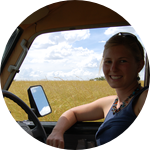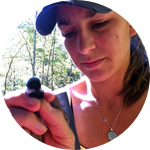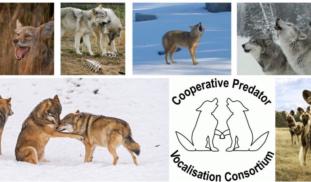Please wait...
About This Project
We investigate the communication of those social and intelligent mammal predators: wolves, coyotes, dogs, hyenas. By understanding how they cooperate to hunt large prey, we can learn more about how our own human language and society evolved, as well as developing new ways to live in harmony, rather than in conflict with these wild creatures.
We've organised a symposium of animal cognition researchers, and want help to bring scientists that don't have funds of their own to support collaboration.

Browse Other Projects on Experiment
Related Projects
How do polar bears stay healthy on the world's worst diet?
Polar bears survive almost entirely on seal fat. Yet unlike humans who eat high-fat diets, polar bears never...
Uncovering hidden insect diversity associated with a likely undescribed gall-forming midge
Does a likely undescribed species of gall-forming midge (pers. comm. Ray Gagné) on Eriodictyon plants (Yerba...
Macrofungi of the California archipelago
The eight islands of the California Archipelago are a well-studied biodiversity hotspot — but we know almost...



